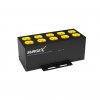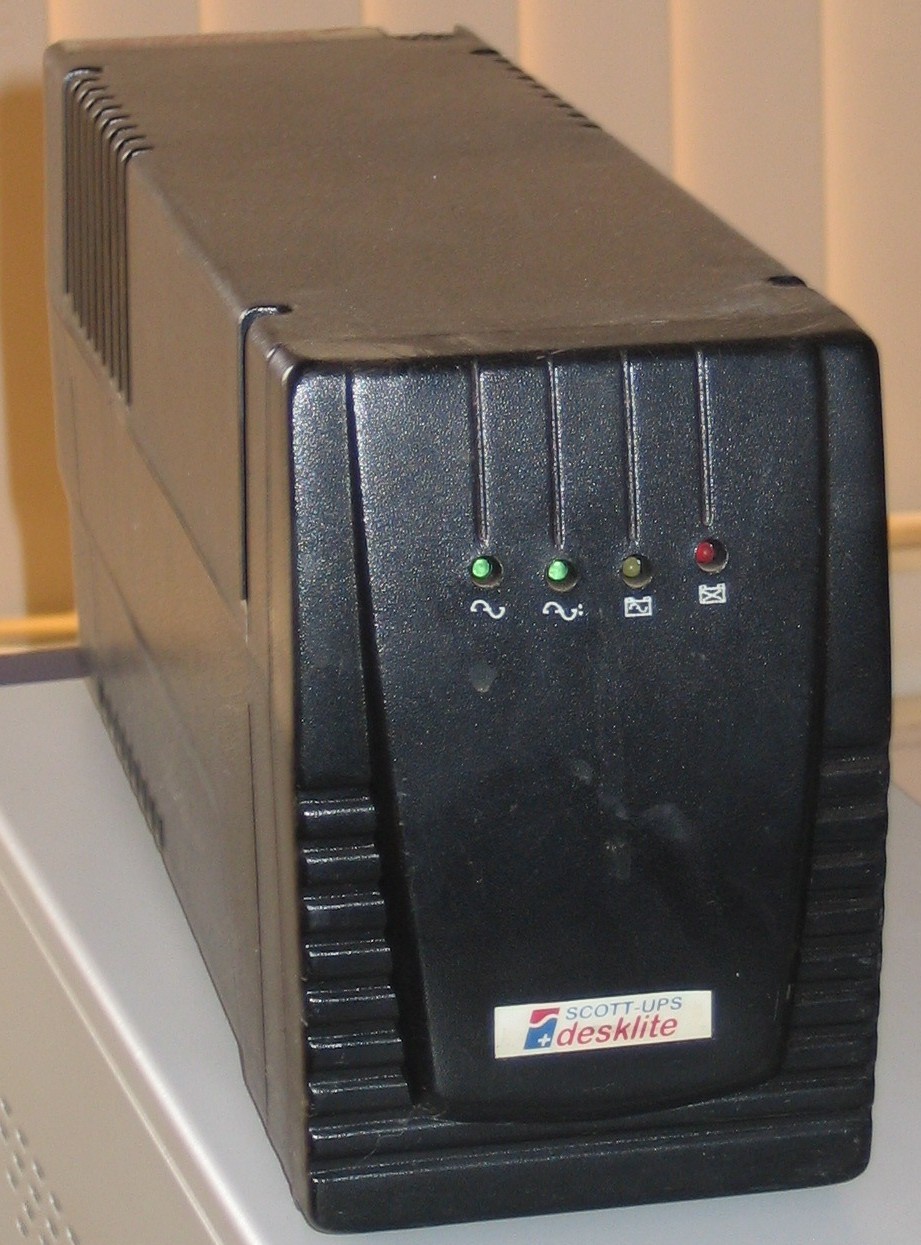Pancreas
Senior Member
- Joined
- Nov 2, 2022
- Messages
- 481
- Likes
- 96
I have SurgeX - 10 outlet standalone. Everywhere I read it is said that is not recommended to connect a UPS to a surge protector. That both alternatives are not good. Either connecting a UPS to a surge protector or vice versa. The latter is worse.
The problem here is that the UPS has a MOV surge protector. I just need a battery, not one with a surge protector. Does that even exist? People argue that why would you need to connect to a protector when the UPS has one? Those surge protectors in the UPS are not good and comparable to cheap surge protector strips.
There are series mode products with UPS from SurgeX but are expensive, only in rack mode, and only have 6 outlets
SurgeX has a standalone battery backup but is like a rack size and $1700
The problem here is that the UPS has a MOV surge protector. I just need a battery, not one with a surge protector. Does that even exist? People argue that why would you need to connect to a protector when the UPS has one? Those surge protectors in the UPS are not good and comparable to cheap surge protector strips.
There are series mode products with UPS from SurgeX but are expensive, only in rack mode, and only have 6 outlets
SurgeX has a standalone battery backup but is like a rack size and $1700


